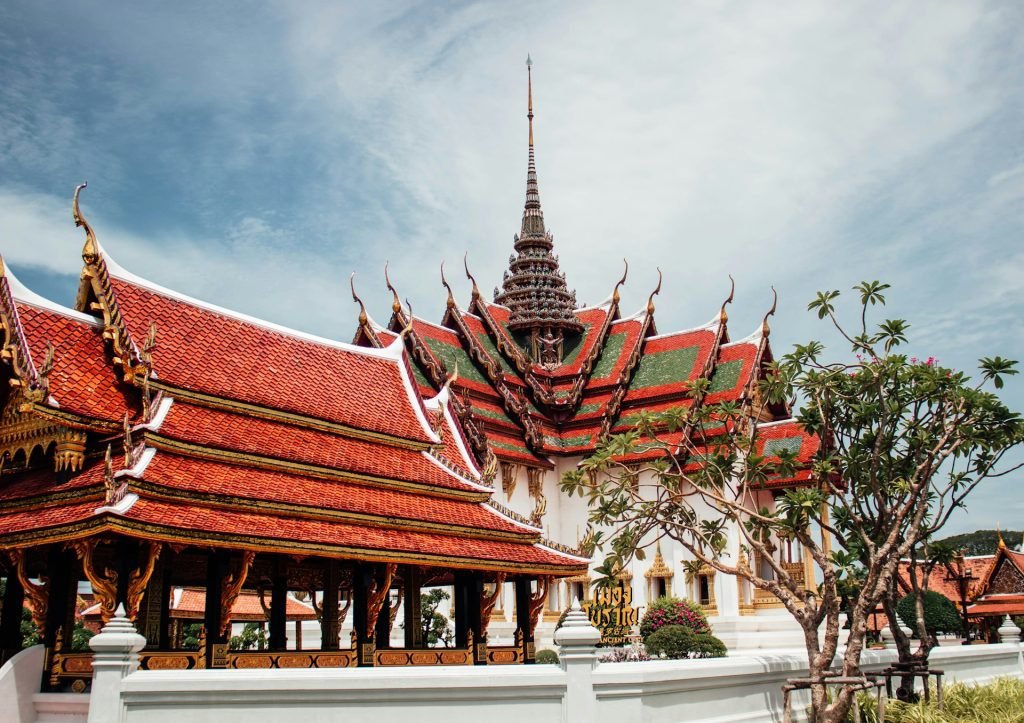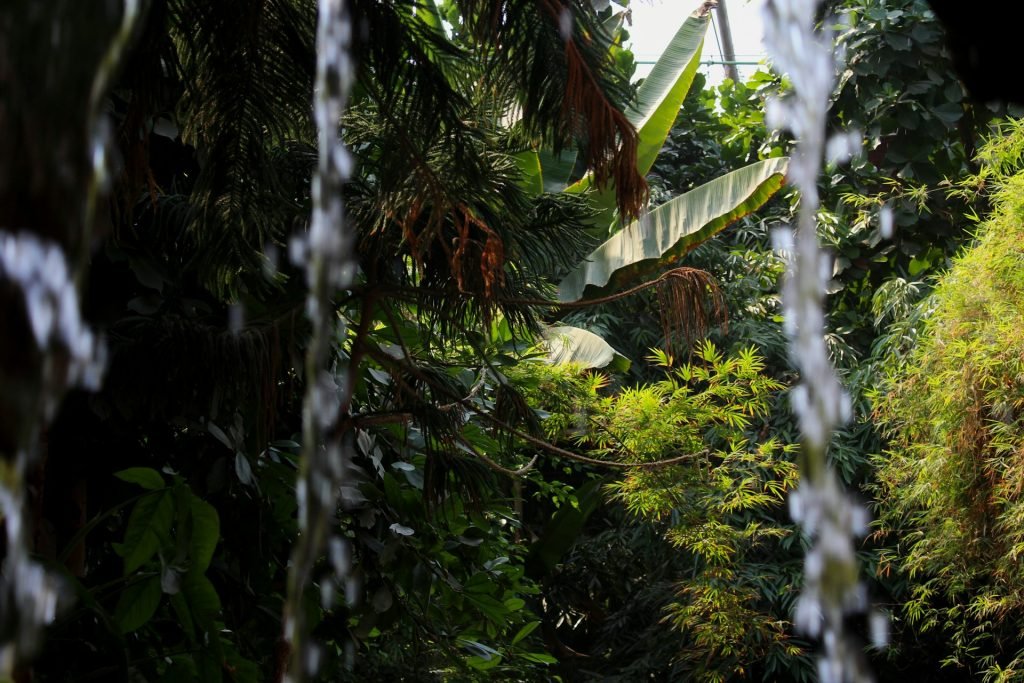Vietnam’s rich history is preserved not only in its monuments and temples but also in the ancient trails that crisscross its landscapes. These trails, used for centuries by local tribes for trade, communication, and pilgrimage, now offer modern travelers a glimpse into the country’s past. Trekking along these forgotten paths is a unique experience that combines natural beauty with cultural heritage, allowing visitors to walk in the footsteps of Vietnam’s ancestors.
One such trail is the “Hoang Lien Path,” a route that winds through the northern highlands, connecting small villages inhabited by the Hmong and Tay ethnic groups. Here, travelers can witness ancient agricultural terraces, stone markers, and remnants of old trading posts. Another notable route is the “Cham Trail” in the south, historically used by the Cham people to travel between coastal towns and inland settlements. These trails reveal Vietnam’s layered history, shaped by migration, commerce, and cultural exchange.
Guides who are descendants of these tribes often lead travelers along these paths, sharing stories of their ancestors’ journeys and the significance of the landmarks along the way. Trekking these routes is more than a physical journey; it’s an immersion into Vietnam’s history, connecting travelers to the enduring spirit of the people who have shaped these lands. For those seeking to go beyond the usual tourist destinations, these ancient trails offer a profound connection to Vietnam’s past and a deeper understanding of its cultural heritage



